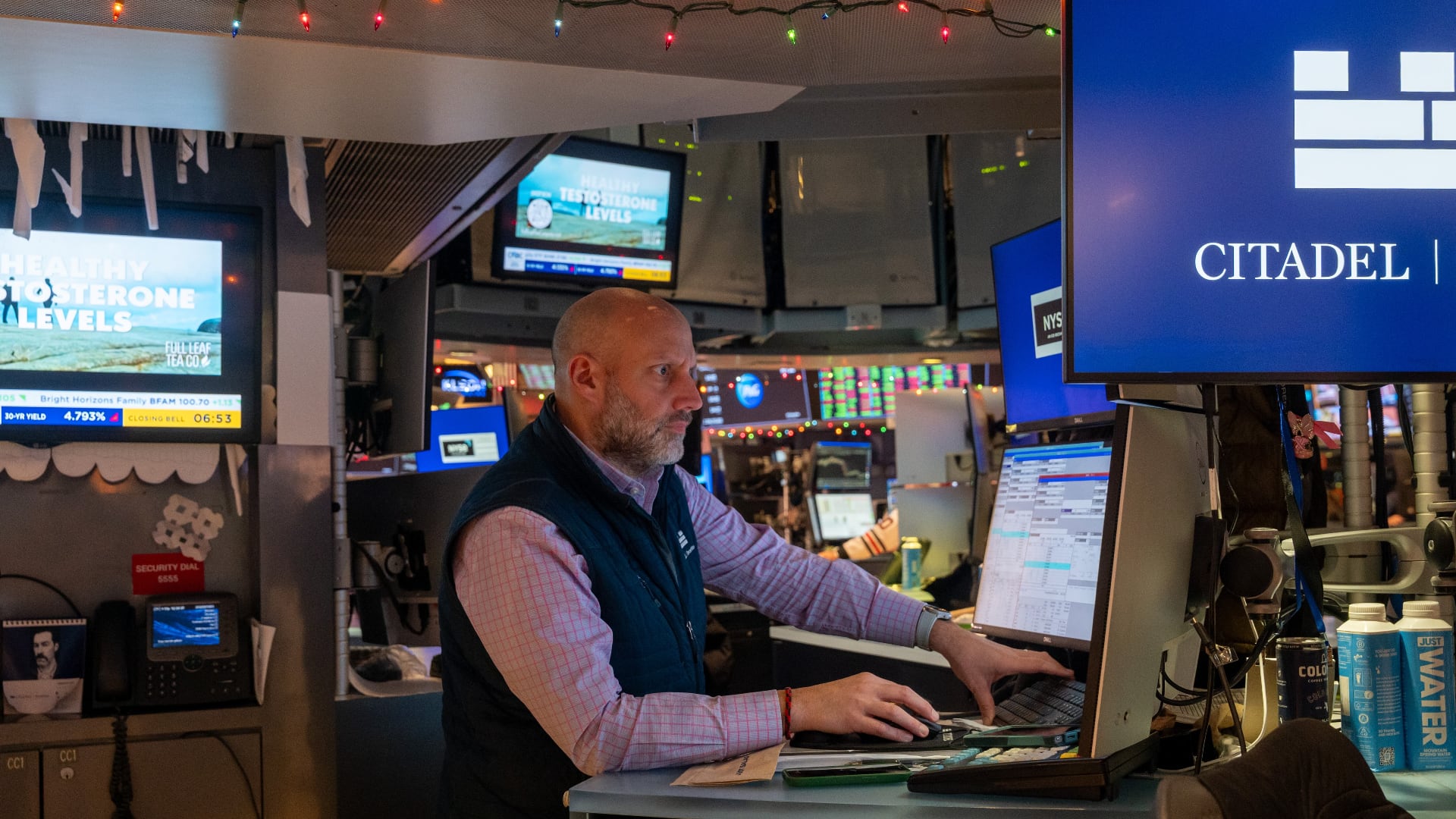A worldwide shortage of new vehicles is fueling a red-hot market for used cars, but new data suggests demand could be leveling off as consumers hit their limit.
Black Book, which tracks the automotive industry, has found that the number of days pre-owned vehicles are sitting in the lot has increased slightly over the past three weeks, even as supply constraints persist in the new vehicle market.
Specifically, the number of days needed to sell a used car has increased from 31 to 34 since the beginning of July, according to week-over-week data.
"It's not a drastic change, but it's definitely a sign that dealers are not able to sell their vehicles as quickly as they were a couple of weeks ago," Rene Adbalah, senior vice president of business development at Black Book, told Cheddar.
For context, used cars prior to the pandemic took more than twice as long on average to sell, but in today's overheated market the bump could mark the beginning of a cooldown.
Adbalah added that wholesale prices are down half a percent in the last week.
"It's interesting because the shortage should be moving things the other way," he said.
Indeed, the average transaction price for used vehicles hit $25,410 in the second quarter, compared to $22,977 in the first quarter and $20,942 in the second quarter of 2020, according to Edmunds, an online resource for auto industry information.
The sequence of cause-and-effect that led to these price increases has become one of the most well-known economic stories of the pandemic era: a shortage of semiconductors, itself the result of COVID-related supply constraints and demand shocks, forced new vehicle manufacturers to cut production. This, in turn, pushed buyers into the used market, where prices rose accordingly.
"Tighter inventory and fewer discounts in the new car market are pushing shoppers to seek a reprieve in the used market, and this consumer behavior is what's also driving used car prices to astronomical levels," said Jessica Caldwell, Edmunds' executive director of insights, in a press release. "Car shoppers are used to getting deals, and often far below the sticker price for new, so anyone returning to the car market for the first time in a while is in for some serious sticker shock."
On the supply-side, relief might not come for months — if not years. Multiple automakers, including Ford, General Motors, and Tesla, reported cutting production in recent weeks due to the ongoing semiconductor shortage.
"We do see the chip issue running through this year, and we could see it bleeding into the first part of next year," said John Lawler, chief financial officer for Ford, during a conference call with investors.
Taiwan Semiconductor Manufacturing Co, the largest chipmaker in the world, said in July that the semiconductor shortage could begin to abate this quarter, though it will likely take some time for this to be felt across industries.
This is especially true for the pre-owned market, which experiences a natural delay when it comes to changes in the supply of new vehicles.
"As new vehicle sales go up or down, there's going to be a lag in terms of the effect in the used vehicle market," said Larry Dixon, vice president of industry insights and analysis at the National Independent Automobile Dealers Association.
In addition, different transaction types come with different lag times. Rental companies, for instance, hold onto cars for 12 to 18 months before selling them into the used market. Dixon said sales to these companies were down 50 percent in 2020, which translates into fewer cars entering the used market over the next year.
However, supply constraints aren't the only thing shaping the used-car market. Demand-side trends also play an important role.
"This slackening that we're seeing in used vehicle prices over the past month isn't necessarily due to the fact that there's an alleviation on the new side of the market in terms of inventory," Dixon said. "It's simply more that consumer demand has softened."
Dixon pointed to a number of factors that elevated demand in recent months that may now be leveling off, including pandemic-related stimulus checks and tax refunds hitting consumers' bank accounts roughly at the same time.
As these sources of income wind down, he added, demand for used cars could begin to fall, regardless of the lack of supply.
The course of the pandemic could also impact sales. Dixon noted that the current boom in sales is partially the result of a harder-to-quantify shift in consumer wants and needs after the economy began to reopen and the vaccination rate increased.
"Consumers wanted to get out of the house, and so the way to facilitate that is to buy a new or pre-owned car," he said.



